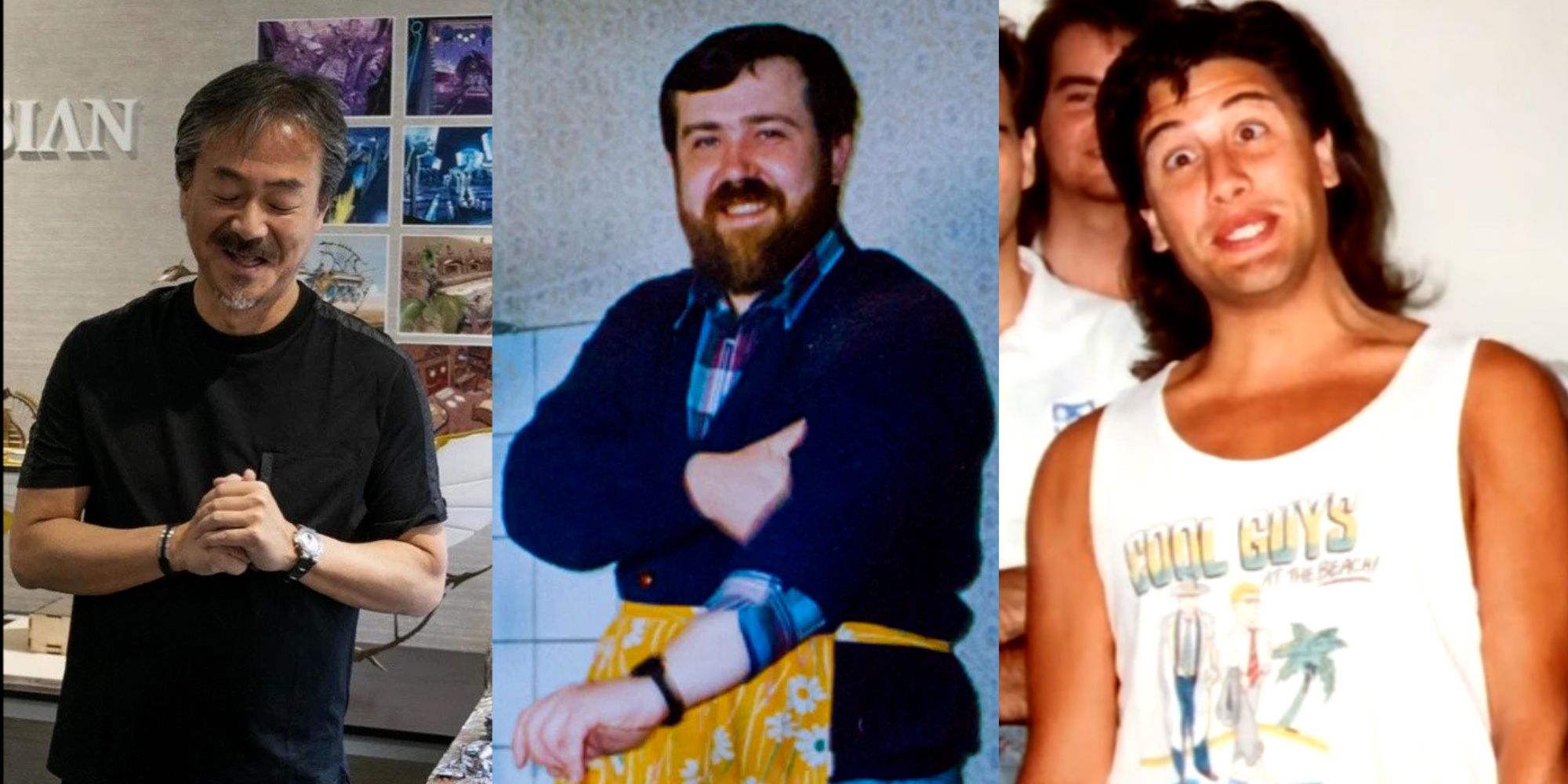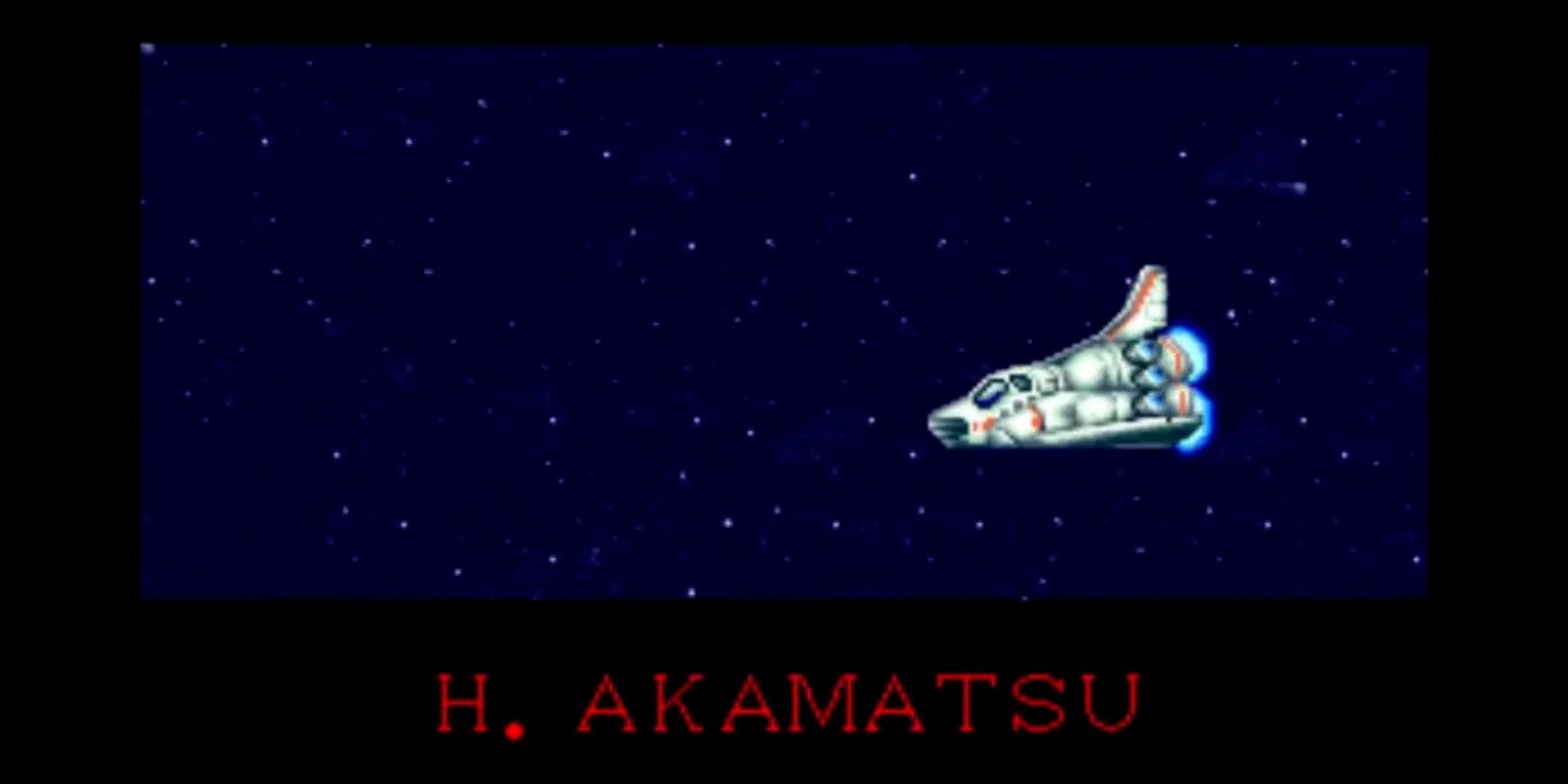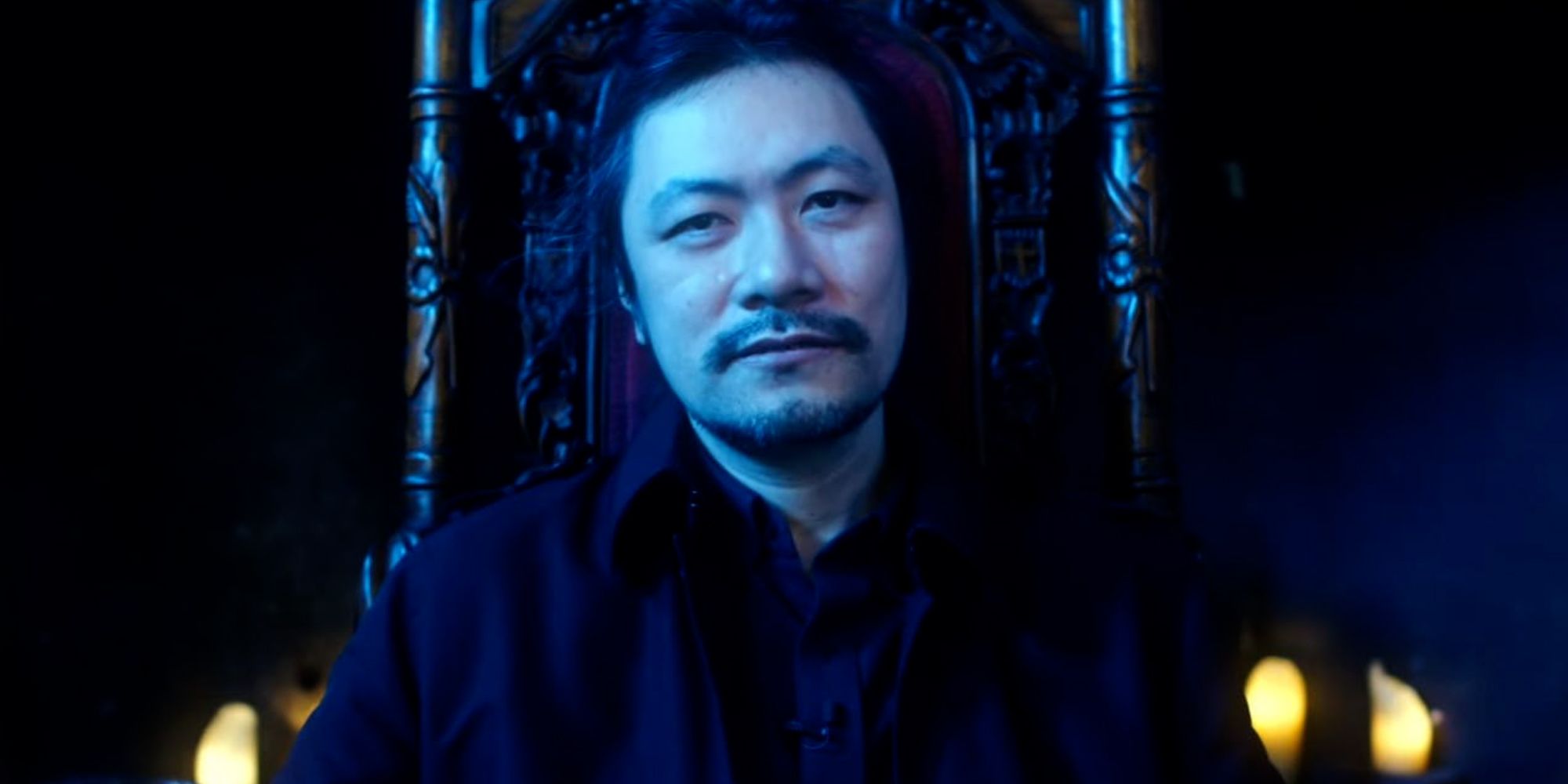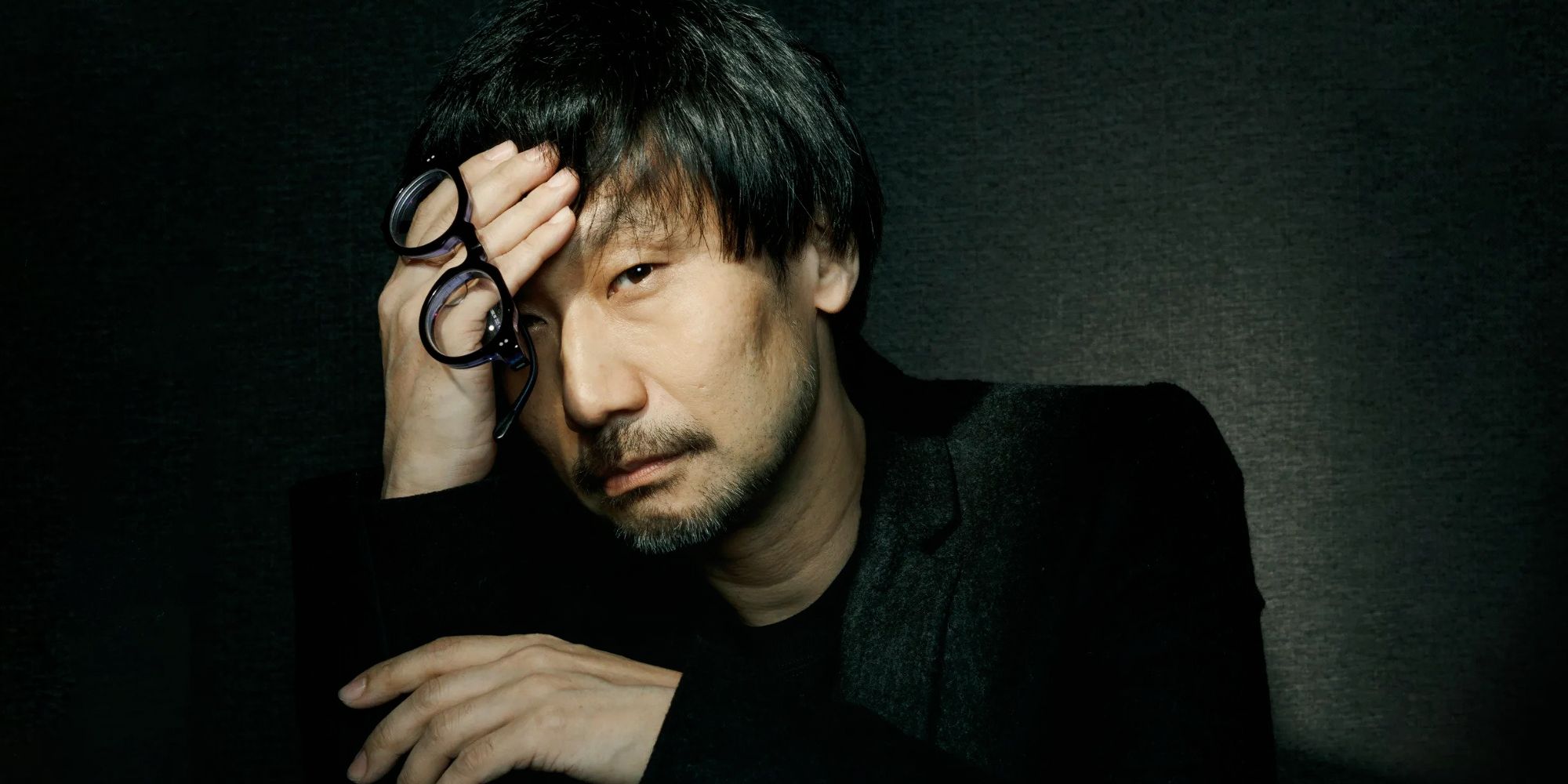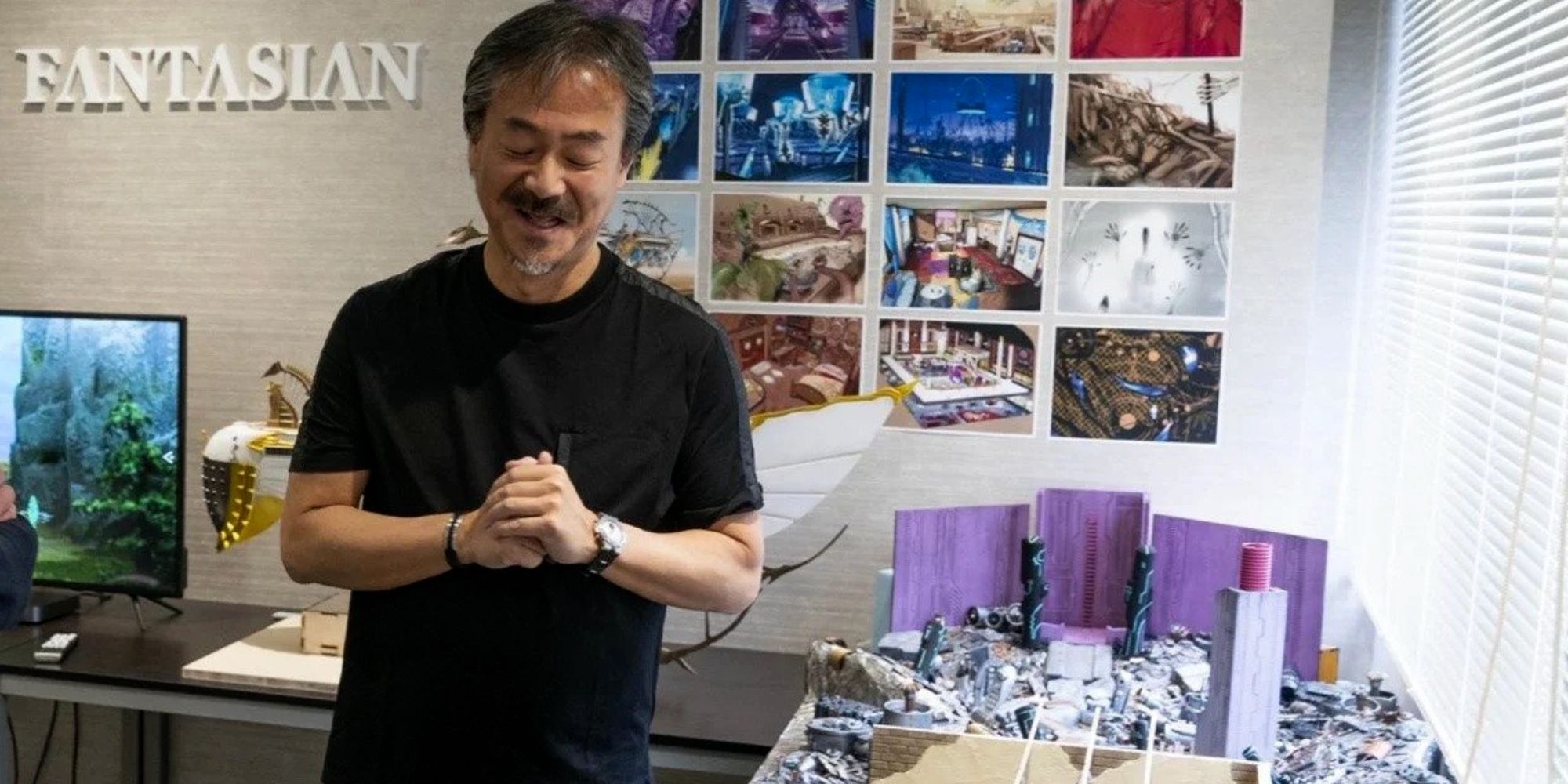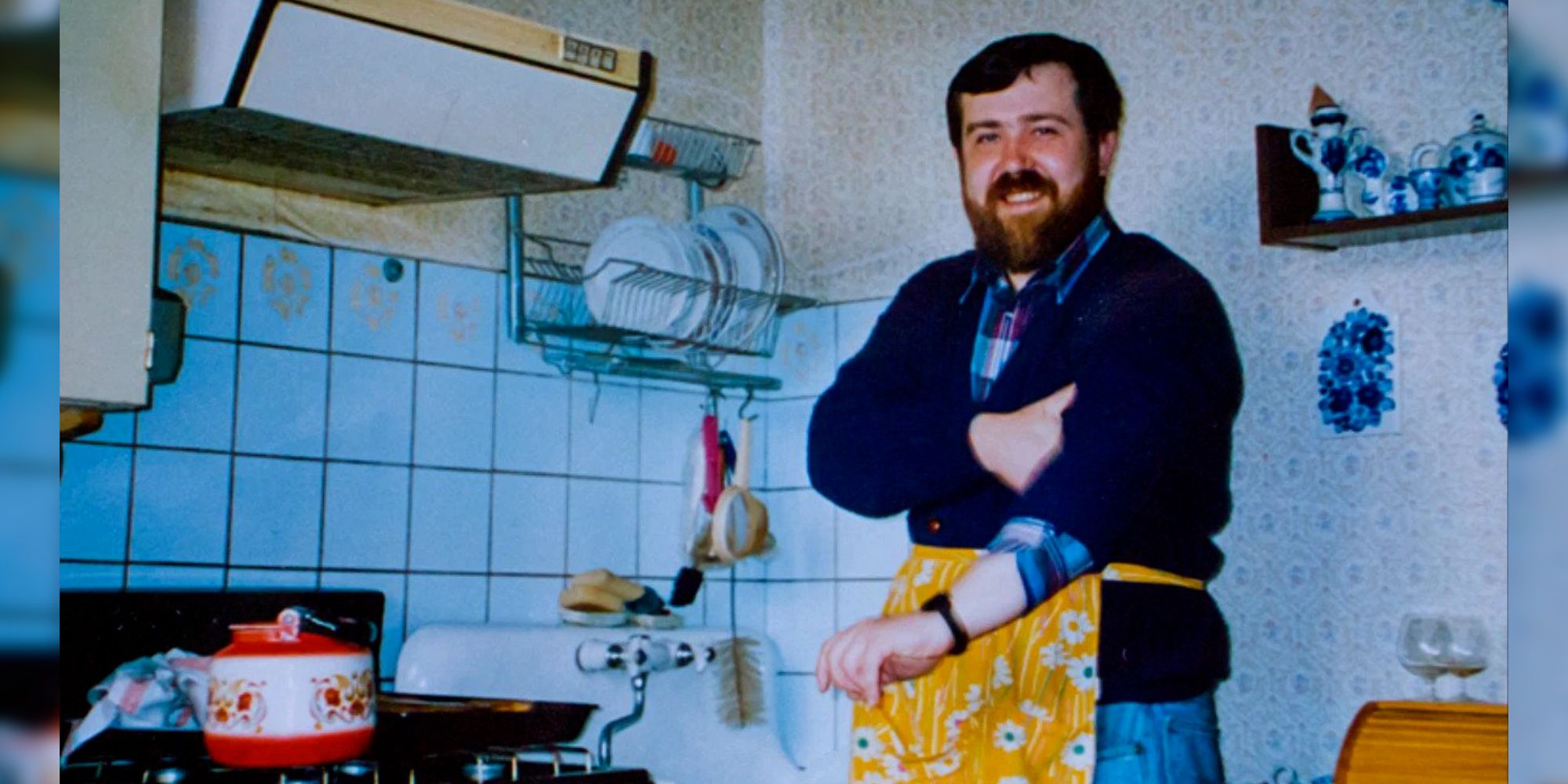Auteurs in video games are not as common as they are in other industries. This is probably because of the way that video games are produced, with the AAA industry being particularly focused on teamwork being led by smaller groups of higher-up producers. An exception to this is the indie game scene, which very often sees one creative lead taking on almost every aspect of production by themselves, but this is more out of necessity for the project rather than a need to be seen as the singular author of a game.
Therefore, it is quite surprising when one particular figure becomes extremely well known for a particular franchise or rises up through the ranks of a development studio, staying on long enough to be seen as the face of the project. Yet, it does still happen, and usually, the personalities and lives of these so-called "auteurs" are intrinsically linked to the games they are known for. This makes it all the more shocking when an auteur gets separated entirely from the work that has built up their career.
6 Hitoshi Akamatsu - Castlevania Creator
The story of Hitoshi Akamatsu is really quite a sad one. Akamatsu is often credited as being the leading designer and creator of the first three Castlevania games - with those who worked with him at the time stating that his love for the Universal and Hammer Horror films of his youth are what gave the franchise its overarching gothic tone.
It seems that working at Konami during the 1980s and 1990s was an extremely draining experience for Akamatsu, especially being in charge of such a popular franchise as Castlevania. Also adding to the stress of leading these projects was the fact that during the early days of the Japanese video game industry, it was expected that developers would remain anonymous. This was an attempt by video game companies to stop developers from getting too famous and therefore being able to strike out on their own. Gamers only really know about Akamatsu's leading role in the franchise from much later testimony from those who worked under him at the time. It turns out that the pressure of working in this thankless job eventually got the better of Akamatsu, who eventually wound up leaving the company to focus on more relaxing games, like fishing simulators before he eventually retired from the industry completely. This left the franchise in the hands of another would-be auteur, Koji Igarashi.
5 Koji Igarashi - Castlevania Inheritor
While Hitoshi Akamatsu was the leading creative force that birthed the Castlevania franchise and gave it its very specific gothic tone, it was Koji Igarashi that became the leading figure behind the series' rebirth as one of the founding elements of the Metroidvania style of games - otherwise known as search-action games. Igarashi did not originally come up with main concept for these types of games himself, rather he was one of many project leaders for the iconic Castlevania: Symphony of The Night. Where Igarashi rose into the role of a video game auteur came from the subsequent critical success of Symphony Of The Night, and his own accession through the ranks of Konami, eventually seeing him become the sole lead creative for the vampire killing franchise.
Under his leadership, the Castlevania franchise would see many wonderful iterations of the Symphony of The Night formula. Eventually, however, the franchise's sales numbers began to falter, and Igarashi was eventually pressured into first abandoning the series, and then forced out of Konami entirely. Soon after his departure the franchise died out completely in its official form but would live on through Igarashi as the Bloodstained series, which he kickstarted successfully in part due to his name being attached to the project.
4 Hideo Kojima - Another Konami Alumnus
Hideo Kojima's parting of ways with Konami is at this point certified video game legend. The story starts in the 1980s, where a young and creatively wild Kojima introduced the world to the wonders of stealth-action gameplay in the form of the original Metal Gear. The series was well-received in Japan and would then become a worldwide phenomenon with the release of Metal Gear Solid, a game that single-handedly managed to both revolutionize the video game industry and make Hideo Kojima a household name, all the while massively increasing Konami's own market value.
Due to the massive success of Metal Gear Solid, Konami initially let Kojima do whatever he wanted with the franchise. This saw the series develop into a grand narrative about the evils of war that was undoubtedly Kojima's and Kojima's alone. Unfortunately for this powerful auteur figure, Konami went through some intense internal reorganization that saw its priorities shift massively in the early 2010s. The tolerance they had initially shown towards his eccentric game design eventually faded into pure business cynicism, which in turn meant that upper management at Konami eventually started trying to control his vision for the franchise. This clash would eventually see Kojima being forced out of the company in a dramatic exit that took the internet by storm in 2015.
3 Hironobu Sakaguchi - His Final Fantasy
There is a popular tale about Hironobu Sakaguchi which goes something like this. Sakaguchi joined Square in 1986 as a full-time employee and helped not only save the fledgling independent studio but also skyrocket it to financial success with his vision for a very special project. This project would come to be known as Final Fantasy, the final being reflective of the company's real-world situation, for if this game failed, then everyone’s career in the industry would be over.
Whether or not this story is 100% accurate, it does highlight the importance that Sakaguchi had in leading the creation of the franchise that would go on to become one of the largest RPG series in the world. Sakaguchi stayed on board with the franchise all the way through the production of Final Fantasy VII, one of the most beloved games of all time. Sakaguchi would eventually willingly leave the franchise after the abject failure of the Final Fantasy VII feature film, Final Fantasy: The Spirits Within. Happily, however, he seems to be at peace with his decision to leave the franchise behind him, and as Final Fantasy continues to thrive, he continues to make his own video games.
2 Alexey Pajitnov – The Father of Tetris
Despite Tetris being one of the most popular and highest-selling video games of all time, Alexey Pajitnov did not see a single piece of royalty from the game's wider release into Western markets until 1996. This was all because of the political situation in his native Russia, which, back in 1984 was the center of the Soviet Union. The game that would become Tetris was initially developed with the backing of the Soviet Academy of Sciences, which was attempting to make the Soviet Union a leader in computer technology. Pajitnov single-handedly put the game together, being inspired by his youthful memories of playing with pentominoes. Once the game eventually saw a release domestically, the authorities banned Pajitnov from copywriting the game or making any money from it due to the country's policies regarding copywriting law and personal wealth.
Through a complex series of events, Nintendo would eventually become the main copyright holder of the game, which led to Pajitnov launching a lawsuit against the company after the fall of the Soviet Union in an attempt to wrestle control of the franchise back from the Japanese company. Luckily for him, he managed to do so after creating his own company, the Tetris Holding Company, in 1996. Now that he was in control of the series’ future, and, crucially, its income, Pajitnov licensed the series off to Electronic Arts for a 15-year period. This once again saw the franchise again taken out of his hands, but this time with a crucial difference. This time he would make money from his own creation.
1 John Romero and John Carmack – Doom Slayers
The release of DOOM in 1993 propelled John Romero and John Carmack into bonafide video game developer godhood. The two were basically rock stars in the 1990s. John Romero’s game design and love of D&D and heavy metal combined with John Carmack’s intelligent and innovative problem-solving programming created one of the most important video games ever made. Not only did the two lead creative auteurs become international celebrities, but they also both received huge portions of the revenue generated by the game.
This massive success would eventually pull the two apart, largely over creative differences. Romero would be the first to leave, striking out on his own to create the ill-fated Daikatana. Carmack, on the other hand, would end up leading the franchise, attempting to make a future installment, DOOM 3, as innovative as the first. He too would eventually give up control of the franchise to focus on other pursuits, which, these days, seem to involve the advancement of VR gaming technology and AI.

